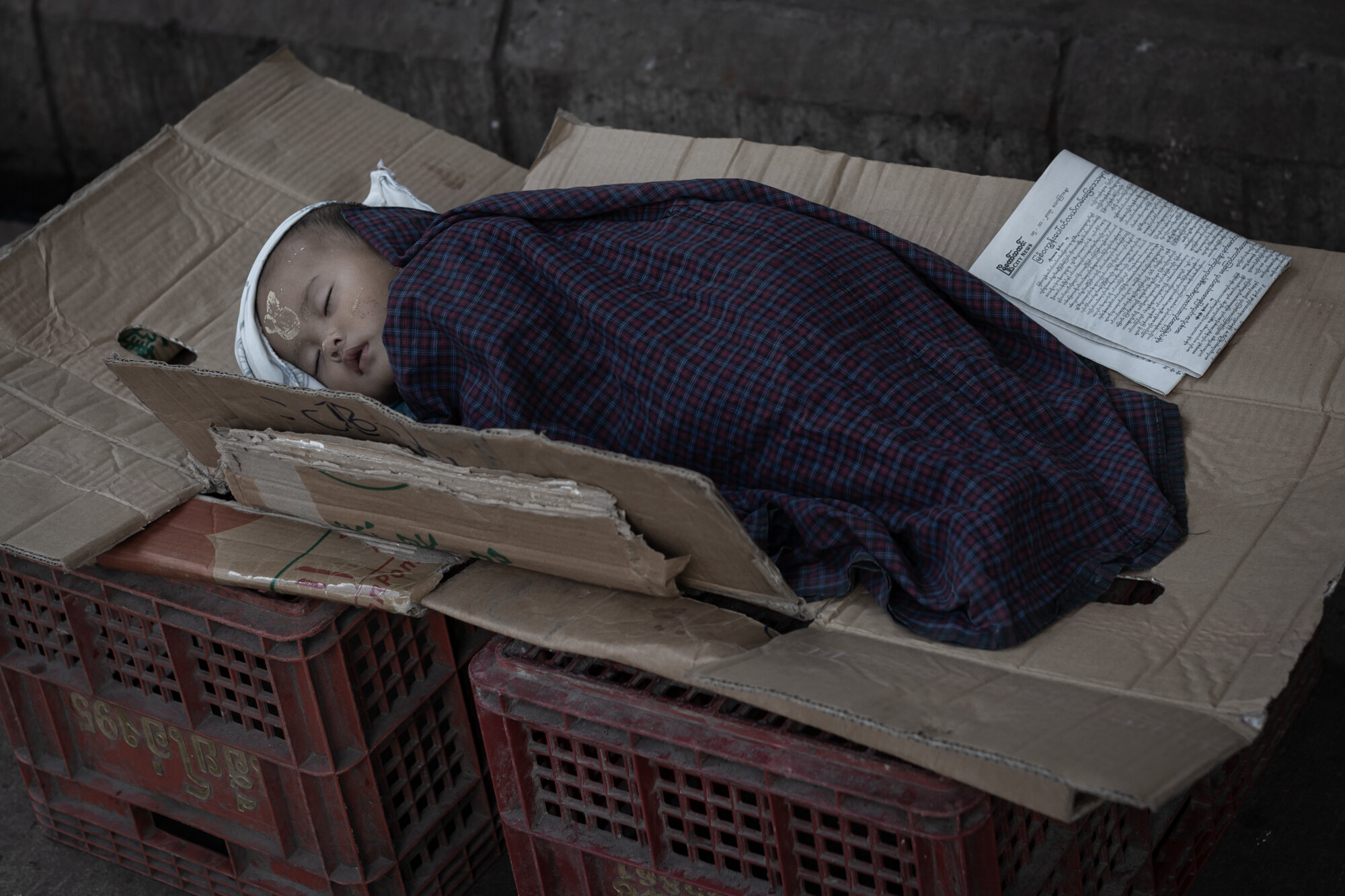The Global Image
Plato’s cave, marketing and fake news
Arguably, we should never claim to find the absolute truth in how we see, interpret and describe the world. First of all, our perception of the world is personal: a product of both our senses and intellect, distilled through many factors such as age, geographical location, culture and values. Secondly, our own perception of the world will change as we, ourselves, change throughout our lives. In the same way, when we are the recipients of communication, in any medium, we apply the same filters when trying to ‘understand’ what the communicator meant.
Therefore, it is easy to become entangled in controversy about ‘what is real’ when creating and communicating through an image.
When it comes to using photography as a communication medium, it’s a powerful tool – sometimes stronger than the written word or video footage. Not only it conveys emotion in a very concentrated and non-verbal formula (therefore we are more likely to react to it intuitively rather than rationally), but it allows the communicator (the photographer, editor, publisher) to reveal only a part of the context. The rest is left to the imagination – however, the choice of framing, lighting, the use of colour and any degree of post processing can subtly (or less so) infer or imply something. Just like in Plato’s cave allegory, photographs – painting with light (and shadows), after all – are there as a perception of reality.
Moral and legal considerations also come into frame when that perception of reality is communicated. Images can be used to sell, to shock, to provoke or to please, and the viewer is not always aware of the agenda.
I am exemplifying this argument with three images that I took in Myanmar (Burma) on the same trip in 2019. They all depict children yet, they have been deliberately chosen and edited to serve a purpose and reflect on how different views of the same ‘reality’ can be used to influence the viewer.
In the first image, the child is held by his mother and they both look happy. They engage directly with the camera and create an instant connection with the viewer. Images like this will be used to convey a positive message, and if I am honest, I love capturing this kind of images. I also love capturing motherhood - possibly the most complex connection we will ever have with another human being - more so since my own mother had passed away in 2016.
But let’s not digress from the argument. Is there truth and realism in travel and documentary photography?
By stark contrast, my second Burmese child image was deliberately cropped to isolate the baby from the context (his mother, a market stall seller, was right next to him - or her?, a common sight in such environments and not a sign of neglect) and desaturated to enhance the feelings of angst and unease. Such an image could be used to provoke pity, anger, action – the kind of imagery used in the past to drive fundraising campaigns for international children’s charities for example. A practice which has been since put into question and regulated further to prevent the seemingly unethical ‘emotional blackmail’. I took this image as part of a series I have been working on, depicting the lives of market stall holders in Asia. The crop and edit were done purely for the sake of this argument as I am never an adept of exacerbating the negative in my images.
Finally, my third image - taken out of context, seemingly controversial and suitable to a provoking narrative. You could imagine reading an article about Burma’s bloodied past and the role of the Buddhist religion in the midst of military and civil unrest. Images like these can be used to shock, provoke, start an argument for someone entirely unaware of the context. In this instance, the context of this image was nothing sinister, but rather endearing. These novice monks were out playing in the grounds of this monastery - the entrance to which is a very long covered market, as it is very customary in this region. Seemingly fashionable at the time, toy guns were everywhere and lots of other kids were playing with them, chasing each other and having fun. A sight possibly unnerving and unfamiliar to a Western person nowadays but fairly common ground and possibly nostalgic for any child of the 70s/80s.


